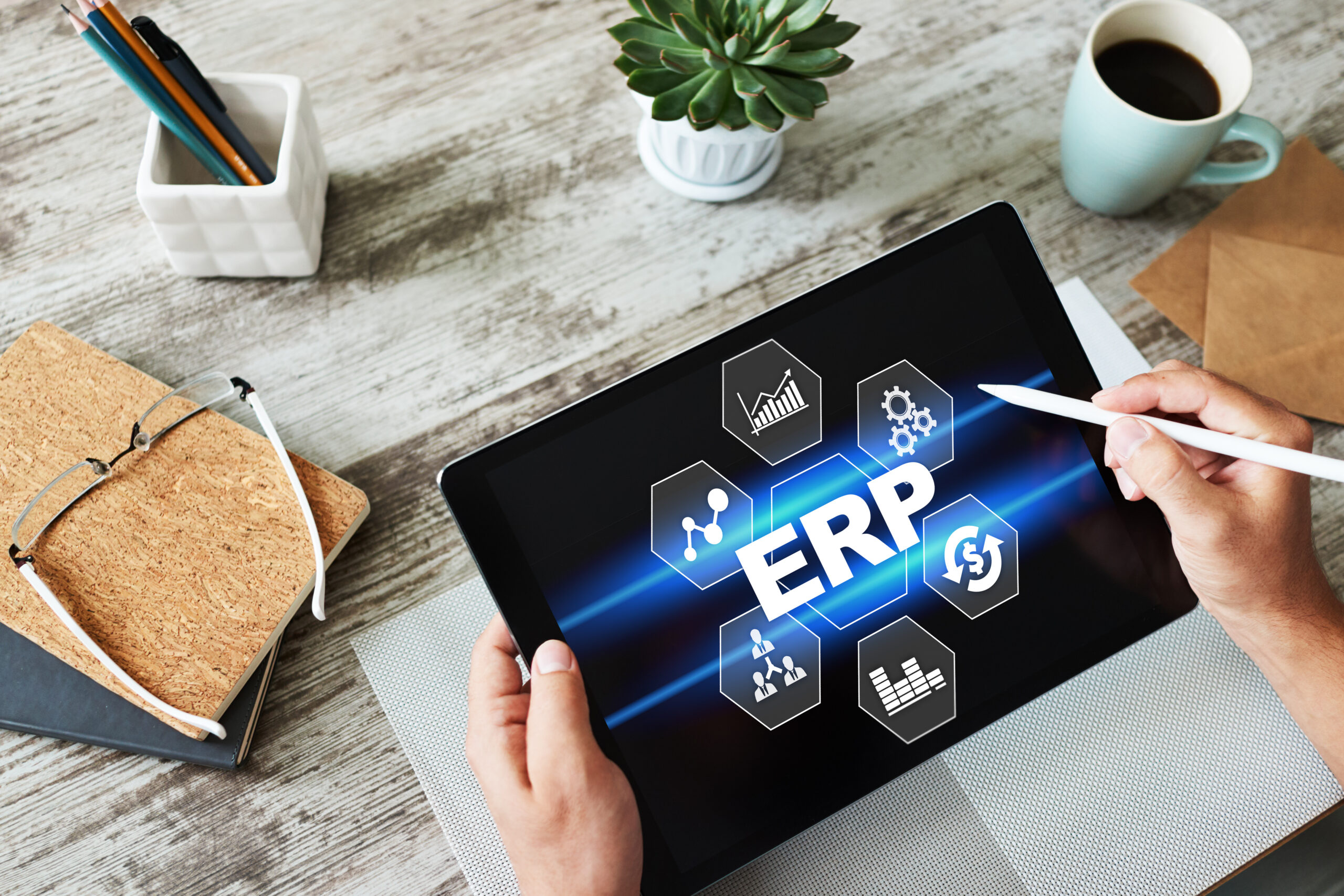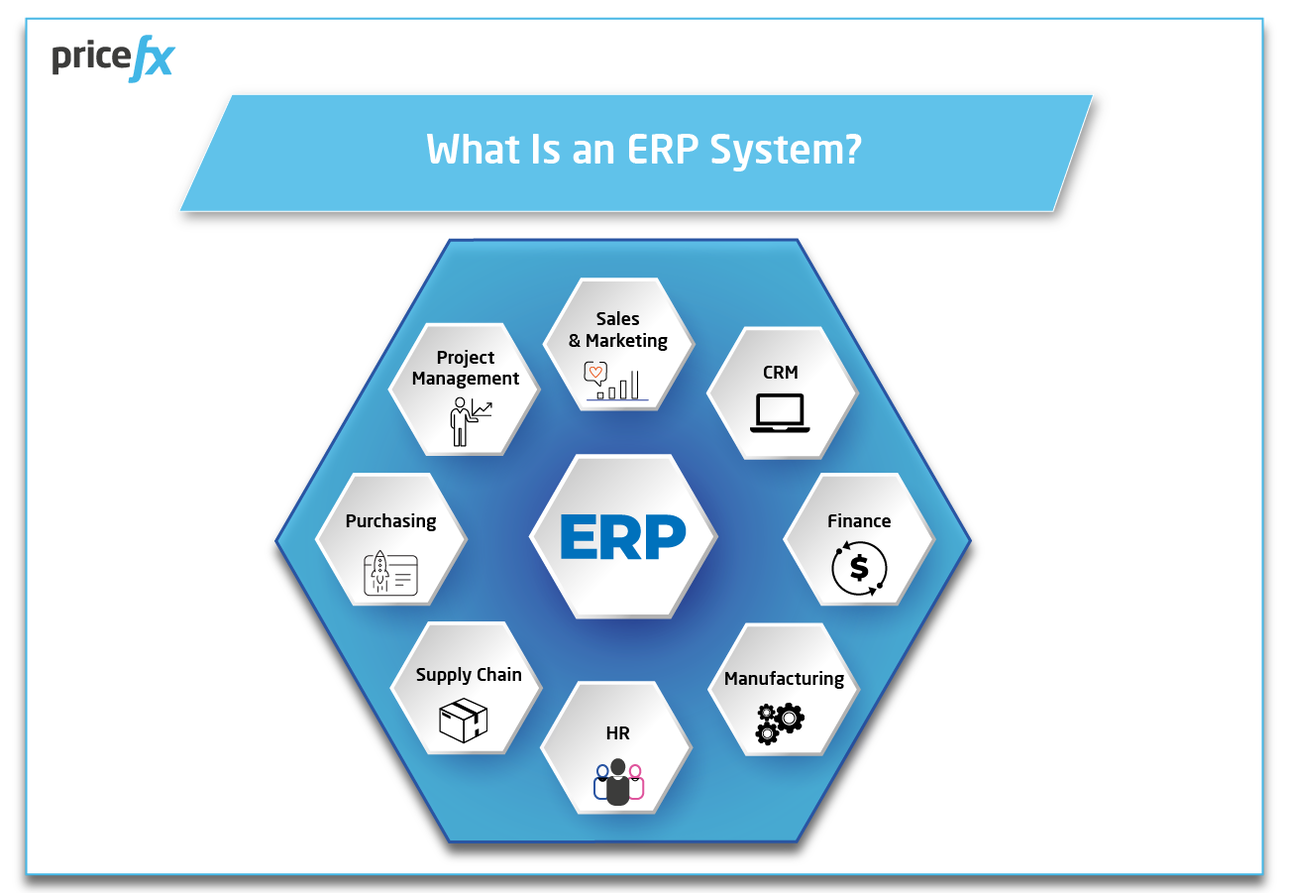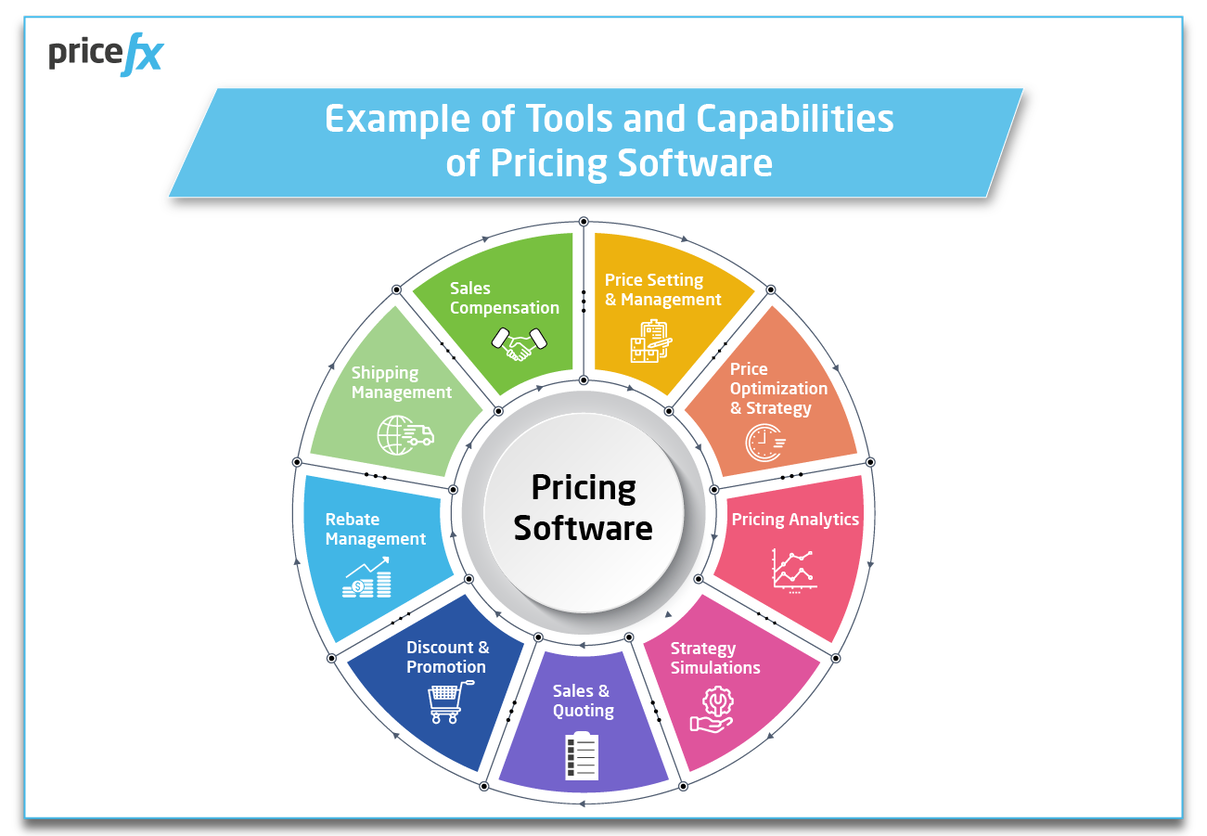Does an ERP Replace the Need for Pricing Software?
December 2nd, 2022 (Updated 03/09/2023) | 8 min. read
It seems like the market has been on a rollercoaster these past few years and has no intention of slowing down or taking the scenic route. You’re tasked with bringing in the right software to help your organization weather the storm.
You know that price is your greatest lever to increase profits and that pricing software will help you to understand the impact of your pricing strategy at a granular level and to make smarter pricing decisions, but it costs a pretty penny. Is it worth it? Won’t your ERP do the same thing?
At Pricefx, we know a thing or two about pricing software; we are one of the leading vendors in the space. And during a decade of assisting customers in implementing smarter pricing strategies to help them weather any storm, we’ve often been asked this question.
In this article we will answer the question “Why an ERP doesn’t replace the need for pricing software?” by exploring what each is, what it does, and how it benefits your organization.
What Is an ERP Solution?
 Enterprise resource planning (ERP) software is critical to many organizations as it helps them manage the essential parts of their operational businesses by integrating all the systems, they use daily into one single system and enabling the flow of data between them.
Enterprise resource planning (ERP) software is critical to many organizations as it helps them manage the essential parts of their operational businesses by integrating all the systems, they use daily into one single system and enabling the flow of data between them.
It is like the glue that binds all the different technologies used throughout your organization together. All aspects of your finances, human resources, supply chain, manufacturing, and accounting are brought into one place so the data from each can be considered in the context of the whole. Everything from stock control systems to accounts payable solutions, from order-monitoring tools to customer databases—everything is accessible via one system for a clear overview of processes performance and for easier process management.
Acting as your central hub for end-to-end workflow and data, any data on the server is instantly accessible by any embedded system or employee with permission to view it. Needless to say, this greater visibility and connectivity (not to mention the automated streamlined workflows) facilitate communication between teams, making it easier to share information and keep everyone on the same page for better all-round efficiency and productivity.
Your ERP can use the data from across the organization to generate accurate real-time data reports (like metrics and graphs) to help managers visualize and communicate how each department is doing, and to plan, budget, and forecast the state of operations.

Many ERPs come as suites; complete, integrated platforms, either on-premise or in the cloud. Cloud solutions are managed by the vendor, with organizations renting the services they wish to use. Both parties are involved in integrating all processes and data into the platform. A cloud-based ERP solution enables organizations to respond quickly to volatile markets and helps reduce support time.
The Key Benefits of an ERP
- A Holistic Business Understanding: Without an ERP, each department would have its own system for its specific tasks and the data and insights within would be siloed from the rest of the company. With ERP software, while each department could still have its own system, all systems are accessed and managed through one application and all data is shared among them for a more holistic view of the organization. Most of the departments move to the user interfaces of the ERP.ERPs therefore help companies become more self-aware.
- Improved Accuracy: No more tedious error-prone spreadsheets. You can be confident that your data is correct, up to date, and complete thanks to the ERPs secure and centralized data repository, assuring data integrity for every task performed throughout the company, which can dramatically reduce business risk.
- Increased Productivity: By integrating tools and automating processes, companies can reduce redundancies and enable collaborating teams to synchronize work and share data to achieve faster and better outcomes.
- Enhanced Customer Satisfaction: Thanks to easily accessible data and streamlined workflows, teams can serve customers, vendors, and partners with much greater ease, speed, and accuracy, improving customer satisfaction.
- Happier Employees: The consistent infrastructure and common user experience across the business removes barriers from cross-departmental employees and boosts user adoption rates. The ERP will reduce significantly manual tasks, allowing employees to spend more time exploring their business expertise, which can be only motivating.
What Is Pricing Software?
Pricing software helps companies to steer their pricing strategies to determine the optimal price for their goods and services, which is a key challenge for many, and one that is becoming more complex by the day due to fast-paced technology and an increasingly volatile market.

Pricing software helps companies overcome these obstacles by automating the processing of substantial amounts of historical and transactional data to recommend an optimal price for a product or group of products based on the overall goals of the business. The optimal price of a product when you’re looking to increase revenue will be different than that for increased sales or market share.
Pricing software can factor in real-time product availability, market conditions, competitive data, and promotions to suggest the best pricing decision. It can dramatically change the game for organizations as it automates pricing analytics, optimizes prices, and helps them become more efficient and effective at making and executing pricing strategies.
There are many types of pricing software, each offering specific tools and capabilities to support a different function. These include software that focuses on price optimization, price analytics, promotion management, rebates, quoting and sales compensation.

Quality pricing software is cloud-based. The vendor looks after the software and organizations rent the tools they require. They usually work together to customize the solution around the organization’s exact processes, data, and needs. A good solution is designed to work seamlessly with your existing systems, like your ERP, and so can easily become part of your technology mix for increased visibility, efficiency, productivity, and transparency.
The Benefits of Pricing Software

- Holistic View of Pricing: Pricing software gives you an accurate overview of your pricing strategy and enables you to secure margins and uncover pricing opportunities. You can better steer your pricing operations and identify effectively underperforming products, customers, and quotes along with root cause.
- Ability to Scale Your Pricing: Organize your price lists to enable unlimited automated price recalculations based on defined triggers across customer segments, product groups or regions. Automation in pricing brings greater speed and better accuracy, which in turn brings reduced risks.
- Better Decision Making: Pricing software enables you to run simulations of the impact a price change could have on customer and competition behavior and to define your pricing policies based on any number of business factors to maximize profitability.
- More Sophisticated Pricing Strategies: It moves you away from a cost-plus approach toward an enhanced competitive pricing strategy and sets you on the journey to price segmentation and value-based selling.
- Optimized Prices: Price optimization software helps you find the highest possible price while keeping specific desired outcomes in mind. You can optimize prices for your entire portfolio, taking the whole waterfall into account, while working on multiple (even competing) desired outcomes.
- Dynamic Pricing: By understanding customer value drivers, you can price dynamically for every customer based on their willingness to pay, thereby increasing profit from those willing to pay more, while not pricing too high for price-sensitive customers.
- More Wins and Bigger Deals: Being able to quote accurately and at lightning-fast speeds can make a great first impression on customers. A CPQ (Cost-Price-Quote) solution provides sales teams with all the information they need to quote quickly as well as pricing guidance and guardrails for up-selling and cross-selling.
- Complex Pricing Made Easy: With pricing software, you’re able to create, calculate, track, and execute customer-specific agreements, promotions, discounts, and rebates at any level of complexity all from one place. A ship & debit claims management tool will also guarantee long-term savings and customer satisfaction.
So, Does an ERP Replace the Need for Pricing Software?
In a word: no.
Why? Because ERP software has been built to support organizations in a vastly different way than pricing software.
An ERP is your hub to which all the systems in your business (including pricing software) connect to ensure seamless data flow and better organization-wide visibility. It can certainly help get your finance, sales, accounting, and customer teams talking, but it brings none of the price-specific capabilities or benefits that pricing software does.
It won’t help you understand, analyze, or optimize price, or to make better data-driven pricing decisions. It can’t bring in real-time market data and turn it into insights that help you price competitively. Nor can it show you the impact a price change could have on the customer and the market should you choose to implement it. It simply isn’t a pricing software solution.
Choosing Software That Is Right for Your Organization
ERPs are excellent at helping companies to gain an overview of their organization, its processes, and resources. It can boost efficiency, productivity, accuracy, customer satisfaction and the serotonin levels of employees.
It cannot replace price software because pricing software brings pricing-specific capabilities. It takes your pricing up a few dozen notches; bringing greater visibility and understanding and helping you optimize your prices, uncover pricing opportunities, and test and execute smart pricing strategies based on your desired outcomes.
If you’re interested in learning more about the cost of pricing software, check out the article link directly below;


